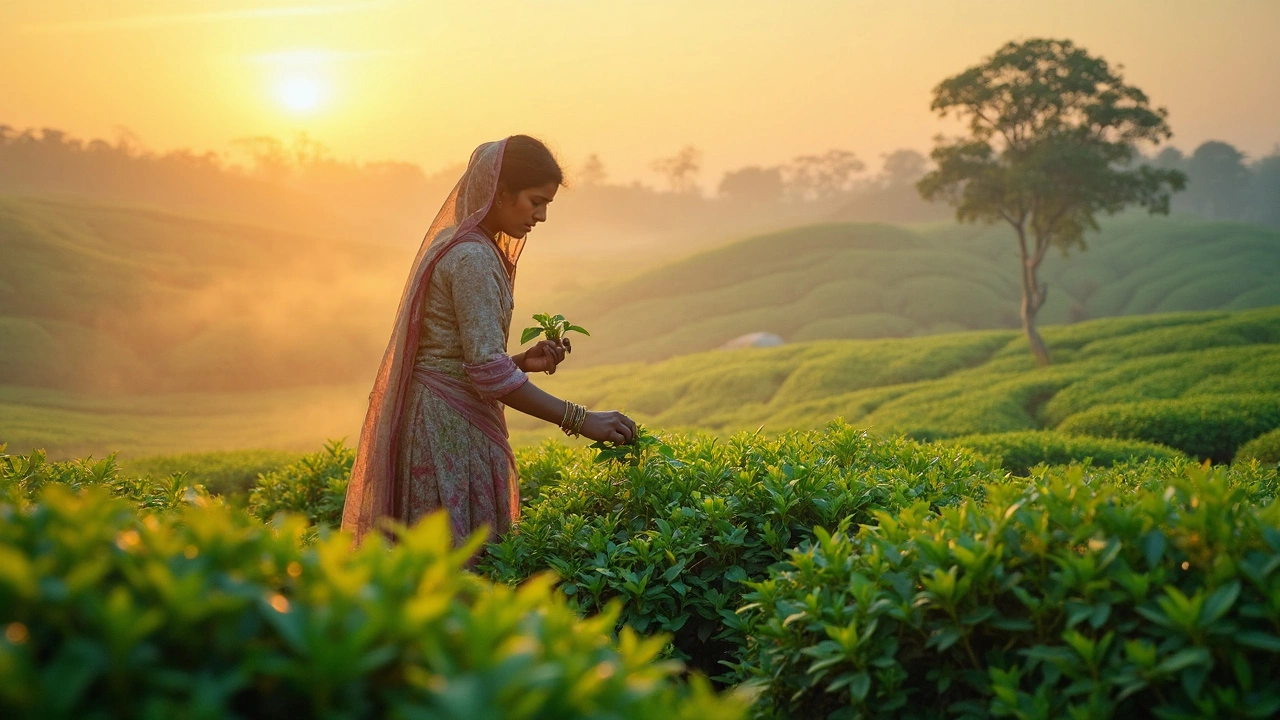
So, you want to become a professional tea taster? It's not just about sipping tea all day, though that is a sweet perk of the job! A career as a tea taster means diving into the fascinating world of tea with all its complexity and heritage. From understanding a wide range of tea varieties to pinpointing those subtle differences in aroma and flavor, there's a whole lot more to it than you'd think.
First things first, you'll need to acquaint yourself with various tea types. Black, green, oolong, white – each one has its own flavor profile and preparation methods. If you're serious about becoming a pro at this, you'll need to taste them all and learn their unique characteristics. And trust me, your taste buds will thank you for it.
Developing your tasting skills is crucial. It's like training for a marathon, but instead of running miles, you're refining your palate. You start by learning to pay attention to taste notes, like sweetness, bitterness, or even floral undertones. You should engage with other tea enthusiasts and see what they pick up as well – it's always fun to compare notes and learn from each other.
- Understanding Tea Varieties
- Developing Tasting Skills
- Training and Certifications
- Cultural Insights and Global Influence
Understanding Tea Varieties
Diving into the world of tea starts with knowing your tea varieties. It's like choosing flavors at an ice cream shop—there's something for everyone, and each type has its unique character.
Black Tea
Black tea is fully oxidized, giving it a distinctive dark color and robust flavor. Ever wonder why your morning cuppa gives you a boost? It's the caffeine! Assam, Darjeeling, and Earl Grey are popular names you'll often hear.
Green Tea
Compared to black tea, green tea is lightly oxidized, which keeps its fresh, grassy taste. It’s packed with antioxidants, making it a go-to choice for many health enthusiasts. Sencha, Matcha, and Jasmine Green are some you might want to try.
Oolong Tea
Oolong sits somewhere between black and green tea in terms of oxidation. Its flavor can range from sweet and fruity to woody and rich. The beauty of oolong is its diversity—it’s a real treat for anyone exploring different tastes!
White Tea
White tea is the least processed of all. It's often described as delicate and sweet, with a subtle flavor. Silver Needle and White Peony are two varieties that showcase its gentle nature.
Once you start identifying these varieties by taste, you'll appreciate the nuances even more. Your tea tasting journey isn't just about sipping; it's about savoring different cultures in a cup.
Developing Tasting Skills
Whether you dream of becoming a professional tea taster or just want to seriously up your home tea game, developing your tasting skills is where it's at. This isn't about thinking you know what you like; it's about training your senses to catch those delicate flavors and aromas that aren't immediately obvious but make all the difference.
Start with the Basics
Begin by understanding the primary taste profiles: sweet, sour, bitter, salty, and umami. To an untrained palate, these might seem basic, but remember, spotting a hint of floral aroma in a cup of oolong or a subtle grassy note in some fresh green tea is where it's at.
Practice Regularly
You know how people say practice makes perfect? It's the same for tea tasting. Create a routine for tasting. Brew a cup of black tea, green tea, oolong, or white tea and really take the time to think about the flavors that stand out. Consider setting aside one day a week to focus on one type, diving deep into its flavor world.
Keep a Tasting Journal
Track your adventures in tea with a tasting journal. Note down things like color, aroma, flavor notes, and even the aftertaste. This not only helps develop your skills but is a great reference for later. You’ll start to notice patterns and your preferences will become clearer.
Engage with Tea Communities
Jump into discussion groups or tea forums online. It's fun to ping ideas off fellow enthusiasts and professionals. You're sure to pick up tips from others and it expands your understanding of tea varieties. Plus, sharing your notes might give someone else a 'eureka' moment too!
Engage All the Senses
Tasting tea isn't just about the tongue. You're using sight to evaluate color, smell to catch aromas, and even tough to feel the weight and texture. Embrace this holistic experience to enjoy each cup fully.
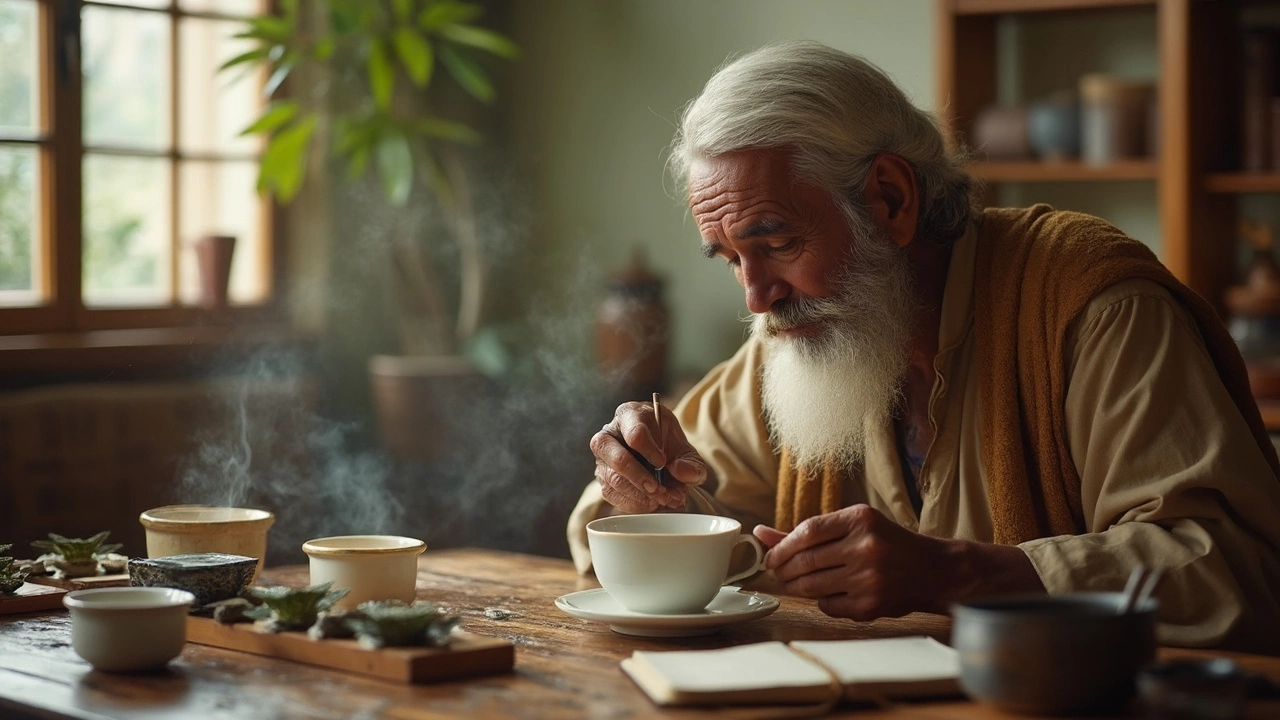
Training and Certifications
Diving into the tea tasting world is like opening a doorway to endless learning. To truly make it as a professional tea taster, training and certifications will give you a leg up. These aren't just fancy paperwork to hang on your wall; they actually shape your skills and knowledge in valuable ways.
The journey begins with understanding the core principles of tea tasting. Many aspiring tea pros start with a basic certification course. These courses are structured to give you a foundation in tea history, cultivation methods, and production processes that are essential for any tea taster.
Reputable Courses and Institutions
When it comes to getting structured training, institutions like the International Tea Master Association (ITMA) are pretty reputable. They offer programs where you’ll tackle deep dives into tea types, tasting techniques, and even pairing teas with foods.
Kenya Tea Development Agency, in collaboration with various institutions, also provides training for tasters focused on the African tea sector, adding regional expertise to your skillset. Institutions like the World Tea Academy offer online courses, making it easier for those who juggle multiple responsibilities.
Tea educator Jane Pettigrew, author of several books on tea, once said, "Tea tasting is an art, but a science as well. It's a continuing education. The more you learn, the more you appreciate the nuances in every cup."
Certification Process
Attaining certification usually involves completing examinations, both theoretical and practical, where you'll assess aroma, flavor, and other properties of different teas. It's about proving you can identify and articulate what makes each tea unique.
If you're considering a more comprehensive route, think about the Tea Sommelier Certification, which covers everything from cultivation to cultural nuances. This can help those looking to branch into related fields like tea blending or consultancy.
- Basic certification: Gains you a good grounding in the field.
- Intermediate certifications: Focuses more on sensory perception and industry knowledge.
- Advanced programs: Prepares you for specialized areas or roles, like tea blending or creation of tasting menus.
This table gives you an idea of how different certifications might match to your experience level:
| Level | Focus | Estimated Duration |
|---|---|---|
| Beginner | Foundation in tea basics | 3-6 months |
| Intermediate | Sensory and industry knowledge | 6-12 months |
| Advanced | Specialized areas like blending | 1-2 years |
The road to becoming a certified tea taster takes dedication and a genuine thirst for knowledge. But if you're passionate about tea, every minute spent learning will be worth the experience. Plus, think of all the amazing teas you get to try along the way!
Cultural Insights and Global Influence
Diving into the world of tea isn't just about sipping cups; it's a journey through cultures and histories. You see, tea isn't just a drink in many countries – it's a way of life. So, to excel as a tea taster, understanding these cultural bits is essential.
Let's kick things off with China, the birthplace of tea. Every region there has its own tea specialty. Take Pu-erh, for example, from Yunnan province – centuries of tradition in a single cup. Each type not only tastes different but tells a story of its origins.
Influence in Japan
Then, there's Japan with its unique matcha culture. It's all about the ceremony there. The Japanese tea ceremony - or "chanoyu" - isn't just a formality; it's an art, reflecting mindfulness and harmony. A aspiring professional tea taster will gain so much from observing this traditional practice.
British Tea Rituals
Jump over to the UK, and it's a whole different ball game. Think "afternoon tea" – scones, finger sandwiches, a splash of milk in your tea. The British Empire historically spread tea across the globe, affecting how various cultures consume and perceive it.
| Country | Type of Tea | Cultural Significance |
|---|---|---|
| China | Pu-erh, Green | Birthplace of tea, variety by region |
| Japan | Matcha | Tea ceremonies, mindfulness practices |
| India | Assam, Darjeeling | Distinct flavors, a major global supplier |
| UK | Black, Earl Grey | Afternoon tea rituals |
Global Influence
The global influence of tea is undeniable. Throughout history, wars and peace treaties have been centered around it. The thirst for tea has spurred colonial expeditions and eventual trade routes that shaped global interactions. Imagine the role of tea experts in all this, discerning quality and taste, setting benchmarks that traders follow. It's quite a legacy.
So, when you sip, think beyond flavor. Consider the cultural elements, the traditions and the global ties that each cup brings. It's this blend of tradition and taste that makes the journey of tea tasting so rewarding.

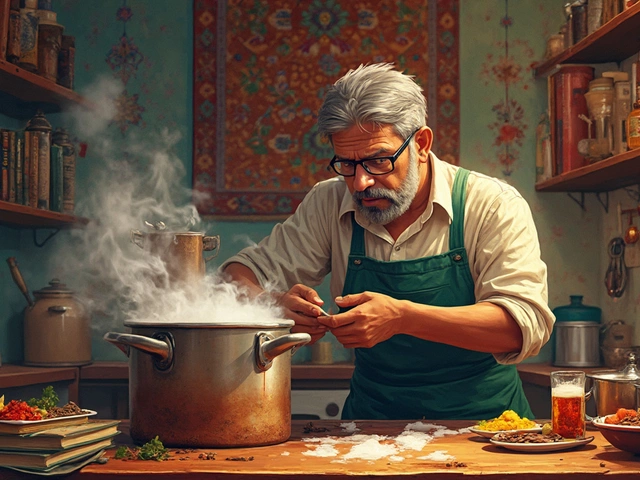
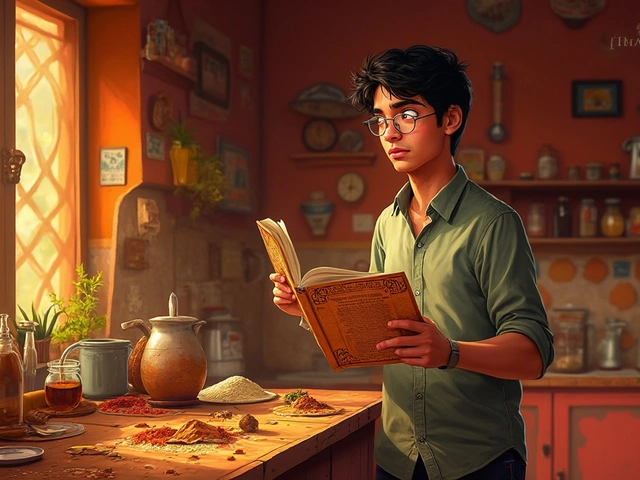
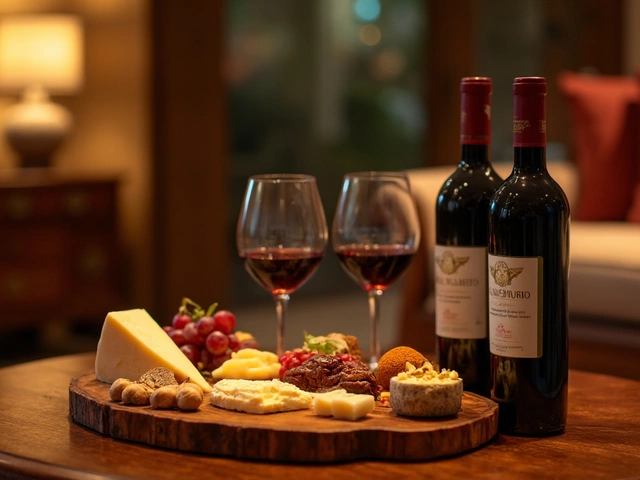
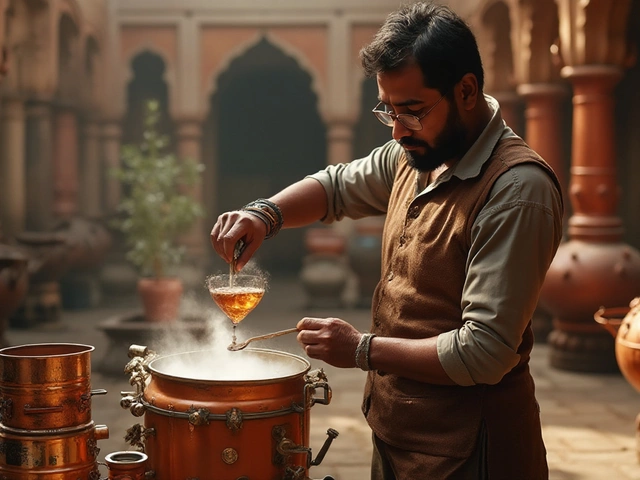
Categories